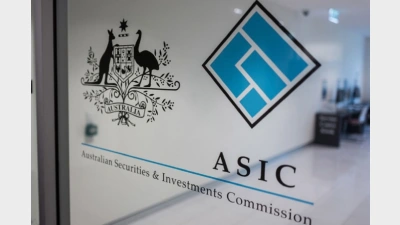Cbus moves on corporate governance



Big building and construction industry fund Cbus has moved to increase its levels of corporate governance and transparency, announcing a range of measures this week relating to disclosure including director and executive remuneration.
The move, confirmed by Cbus chairman Steve Bracks, follows on from recent industry discussion of the issue and an announcement by the Financial Services Council that its members would be required to sign a set of corporate governance standards for superannuation funds disclosing multiple fund directorships and other conflicts of interest.
According to Bracks, Cbus will disclose information on remuneration for individual directors and executive management, directors' attendance at board and committee meetings, and directors' experience, qualifications and training in this year's annual report.
The fund moved in April towards greater independence on the board by appointing former Federal Minister John Dawkins as an independent director.
The 2012 annual report will allow increased access to Cbus' investment listings, fund governance and strategy details, including the fund's response to major regulatory reforms.
The Cbus report will explain how dollar commitments to potential projects are determined, and include related parties and ESG reporting, and other research and costs to the fund.
Bracks said that while Cbus' 2011 annual report set new disclosure benchmarks, the 2012 annual report was "another step in this journey".
The Cbus 2012 annual report will be made public in September.
Recommended for you
Australia’s superannuation funds are becoming a defining force in shaping the nation’s capital markets, with the corporate watchdog warning that trustees now hold systemic importance on par with banks.
Payday super has passed Parliament, marking a major shift to combat unpaid entitlements and strengthen retirement outcomes for millions of workers.
The central bank has announced the official cash rate decision for its November monetary policy meeting.
Australia’s maturing superannuation system delivers higher balances, fewer duplicate accounts and growing female asset share, but gaps and adequacy challenges remain.










